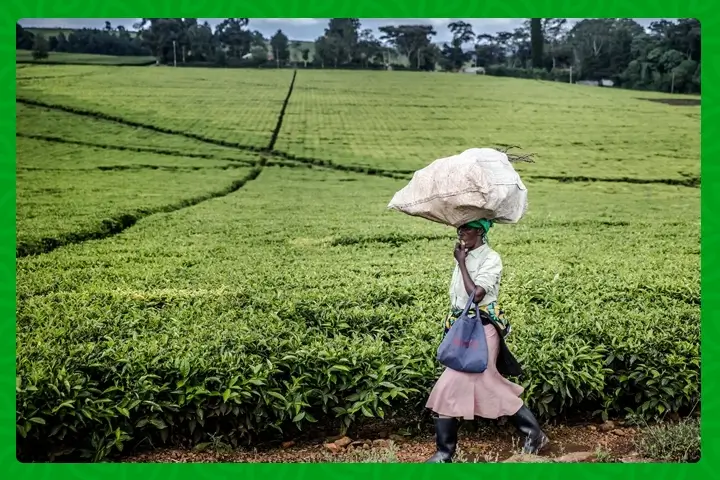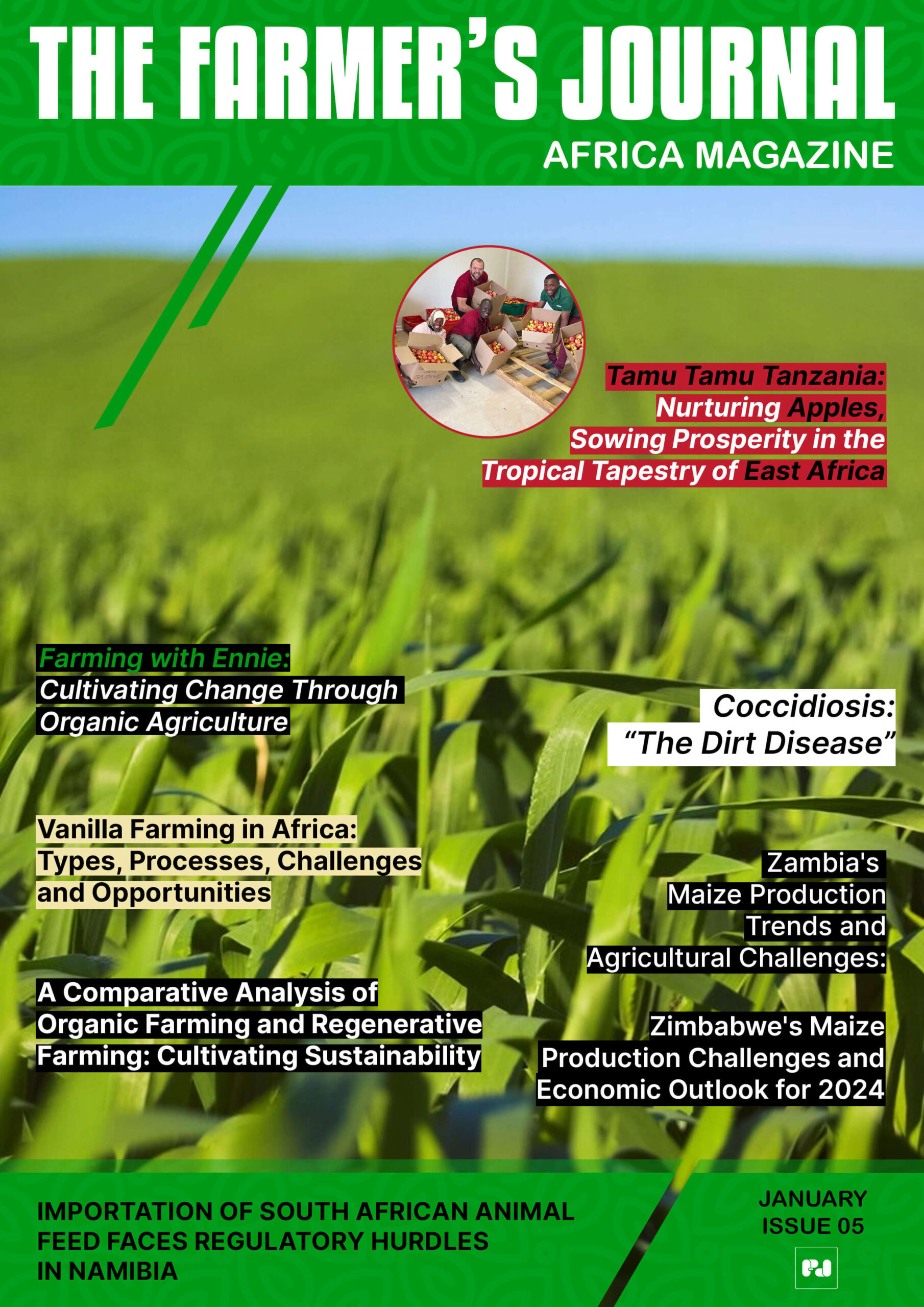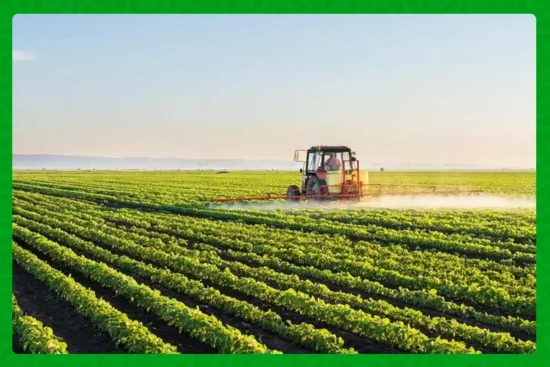
The government has directed the Kenya Tea Development Agency to release Kes 2.7 billion, about US$ 20.9 million, recovered from two defunct banks and held by the Kenya Deposit Insurance Corporation, straight to smallholder tea farmers across the country. This intervention follows months of anxiety in the tea-growing belt after factories announced lower bonus payments for the 2024–2025 financial year.
What the directive says and why it matters
In a formal instruction, Agriculture Principal Secretary Kipronoh Ronoh told KTDA Holdings to ensure the recovered funds are paid equitably to farmers and shown on their payslips as a government refund. He was explicit that the payment line should read GoK Refund so every farmer can see the money is a restitutive payment from the state.
The funds had been released by KDIC after President William Ruto stepped in and officiated the recovery handover on September 11, 2025. The President directed that the recovered money be remitted directly to its rightful owners, mainly smallholder farmers who had their savings trapped when Chase and Imperial banks collapsed.
For many growers this is more than a one-off payment. It is immediate cash that can soften the blow of smaller bonuses, pay for inputs and household needs, and buy time as longer term reforms take effect.
How and when farmers will receive the money
KTDA was instructed to disburse the Kes 2.7 billion promptly and to reflect the refund on farmers payslips. The agency and government expect the payments to be credited into farmers bank accounts and to be visible in October payslips, with agencies stating releases should be completed by mid October.
KTDA has said the recovered funds will be released alongside proceeds from green leaf deliveries, meaning farmers should receive a single consolidated credit for final 2024–2025 payments and the refund.
The wider picture behind shrinking bonuses
The refund arrives at a time when many tea regions reported lower made tea prices and shrinking bonuses. KTDA and other industry observers point to a mix of global market pressure, currency swings, and rising factory operation costs. Recent figures show notable declines in per kilo earnings across several regions, including Kiambu and East Rift, Murang’a, Nyeri, Kirinyaga, Embu, and Meru. These drops have left farmers feeling the pinch and, in some cases, questioning whether to continue with tea farming.
KTDA notes that teas from high altitude areas still command relatively higher prices because of superior quality, and the agency is expanding production of orthodox teas that fetch higher prices in niche markets. This is part of a longer term strategy to reduce overreliance on conventional CTC tea.
What the government is doing beyond the refund
Officials say the refund is one element in a broader push to stabilise and modernise the tea sector. Measures highlighted by the ministry include supplying subsidised fertiliser under the national subsidy programme, removing value added tax on tea and packaging to spur value addition, and investing in factory modernisation. PS Ronoh also urged KTDA to tackle inefficiencies, governance gaps and malpractices that have inflated production costs and eaten into farmer earnings.
These reforms are framed as both immediate relief and structural fixes. Subsidised inputs and factory upgrades can cut costs and preserve margins. Removing VAT on key materials is meant to encourage local value addition so Kenyan tea earns more on world markets.
What farmers should watch for and what this means on the ground
Practical steps for farmers to note right now are simple and concrete. Check your October payslip for a GoK Refund entry. Confirm that the amount credited matches expectations, and if you have questions contact your factory or the KTDA office that serves your area. The presence of a transparent payslip entry helps to build trust and makes it easier to raise complaints where disbursement is delayed or unequal.
For the broader sector, the recovered payout is a welcome immediate relief. It does not erase the structural issues that produced low bonuses, but it does buy time for reforms to take root. If factories reduce operation costs, improve governance and embrace higher value teas, farmers stand to recover more consistent incomes over time.
The government ordered KTDA to distribute Kes 2.7 billion recovered from collapsed banks to tea farmers as a visible, equitable refund that will show on payslips. The payout is intended to cushion households after a season of lower bonuses and to signal renewed public support for a sector that feeds thousands of families. While money in the bank is immediate comfort, lasting change will depend on lower production costs, stronger governance and a steady march toward higher value teas that command better prices on the world market.
Stay updated with the latest farming tips and agriculture industry news from Africa by subscribing to our newsletter. Don’t miss out on valuable insights and updates. Follow us on Twitter, LinkedIn, and Facebook to join our farming community and stay connected with us.


















